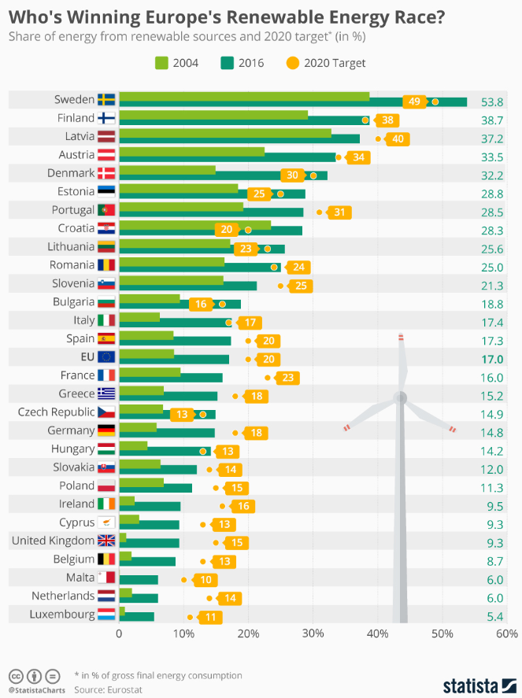The power to switch from fossil fuels to renewable energy sources could rest in the hands of local communities.
New research suggests decentralized, smart microgrid systems are capable of providing most, if not all, of our future energy needs.
The Netherlands is pioneering a new approach to generating and sharing energy which could mean neighborhoods of the near future could produce their own renewable power.
Transitioning our carbon-based economy into a
circular economy is without a doubt the single
biggest challenge of our time. The energy sector
plays a crucial role in tackling this challenge. For
this reason, the Dutch government has decided to
quintuple renewable power generation by 2030. It is
a daunting task that requires radical new ways of
thinking about our energy system architecture.
Thanks to recent developments in renewable energy
technologies such as batteries, heat pumps and
solar panels, it is now possible to produce, convert
and store energy locally. As a result, a promising
new concept has emerged in which energy flows
can be balanced at the distribution system level in
so-called microgrids. These microgrids have the
potential to significantly contribute to the resilience
and flexibility of our energy system, as they can
facilitate the large-scale rollout of intermittent
renewable energy technologies without requiring
expensive infrastructure upgrades.
The Dutch government has set ambitious goals to
transform the national energy system. By 2030, it
aims to have achieved a 20% share of renewable
energy sources (RES) and a share of 51% (of which
46% solar PV and wind) of electrical renewable
energy sources (RES-E).
Full Report Here: https://www.metabolic.nl/wp-content/uploads/2018/08/SIDE_SystemsReport-1.pdf
Sources: Metabolic and https://www.weforum.org/agenda/2018/09/these-dutch-microgrid-communities-can-supply-90-of-their-energy-needs

